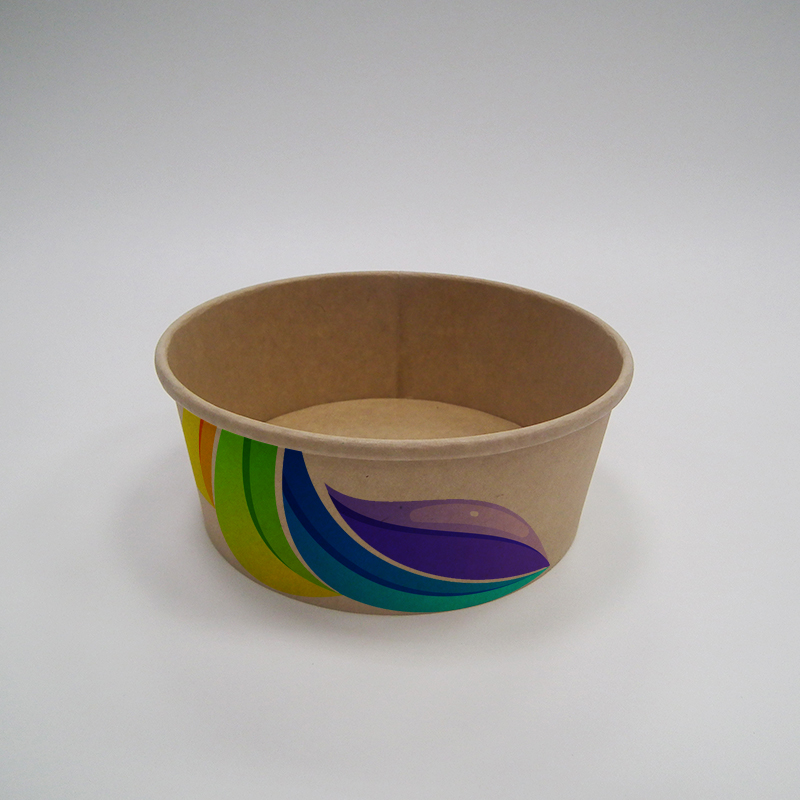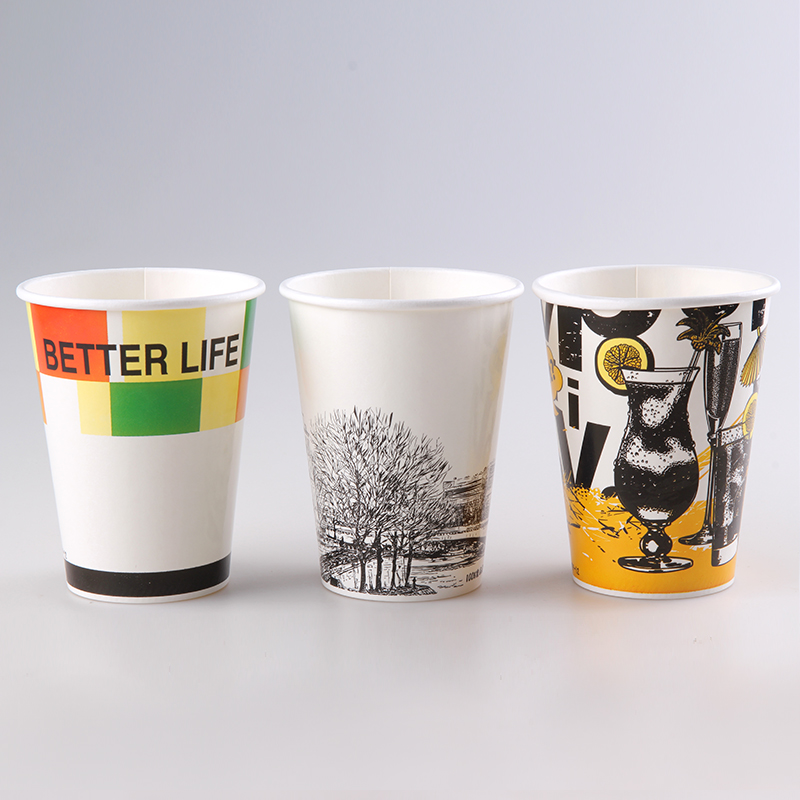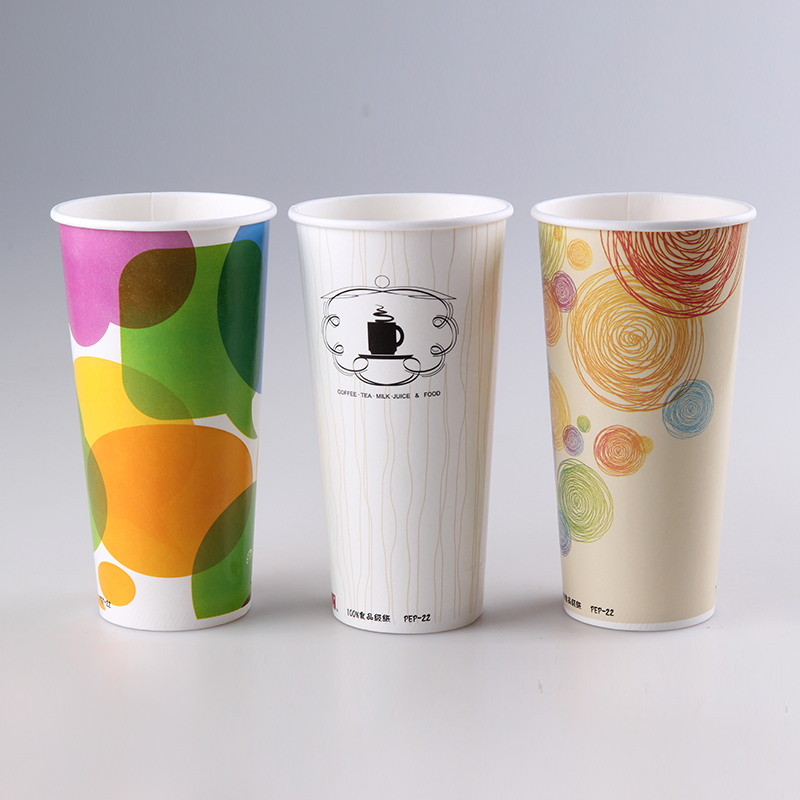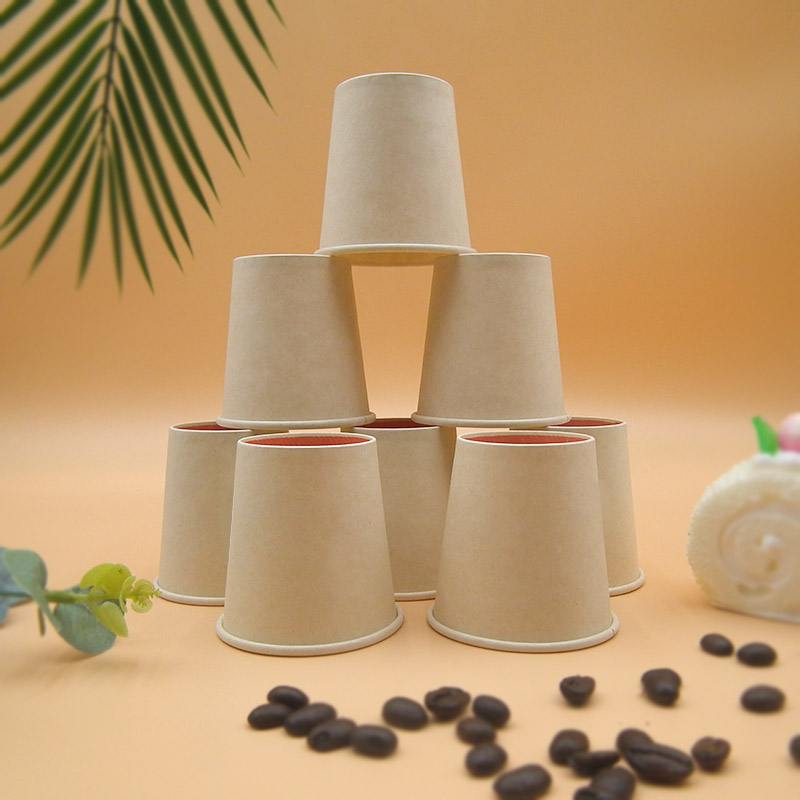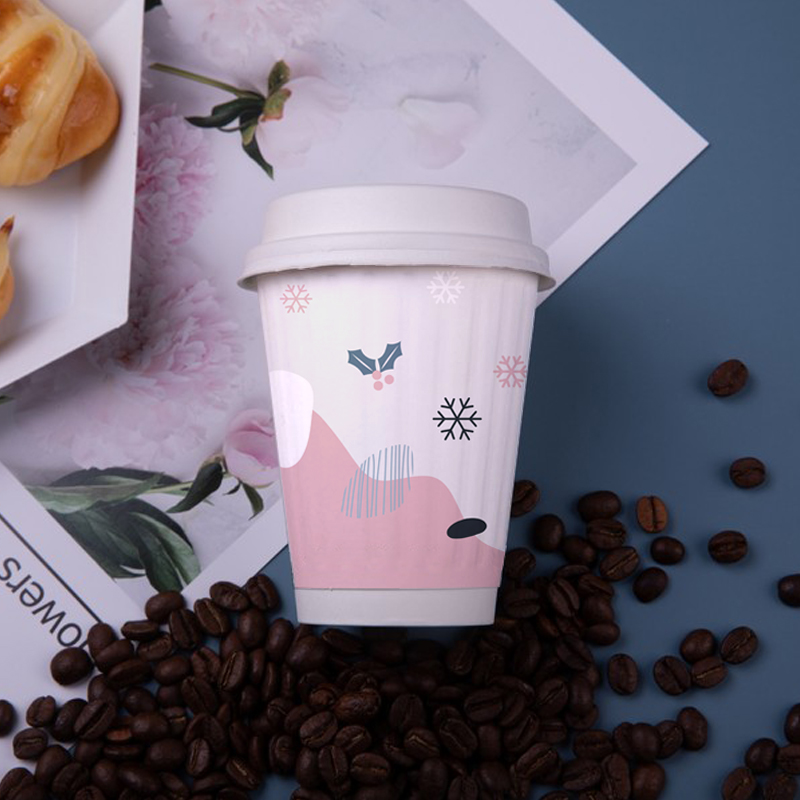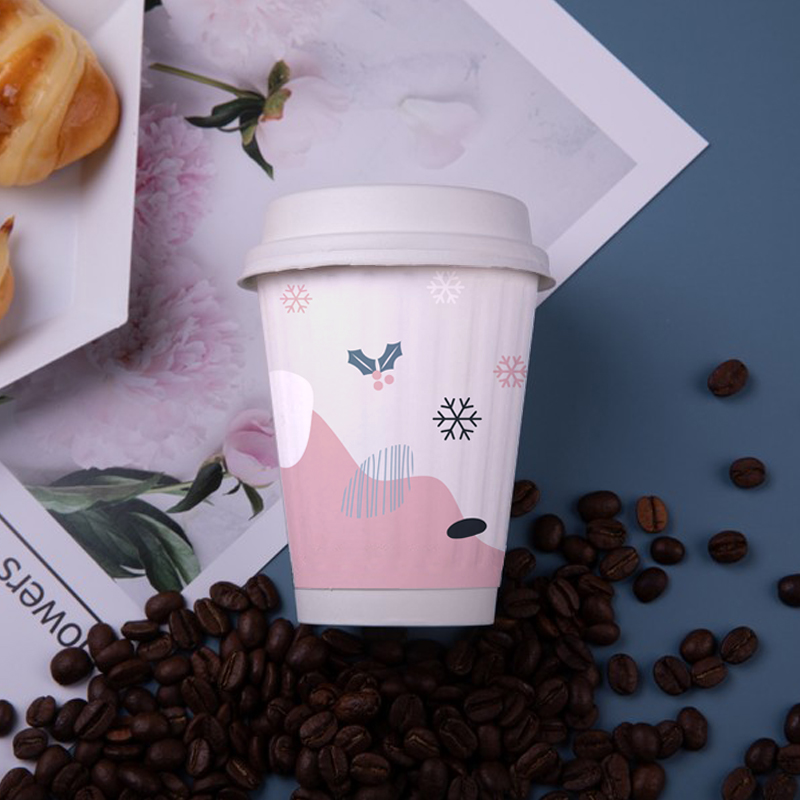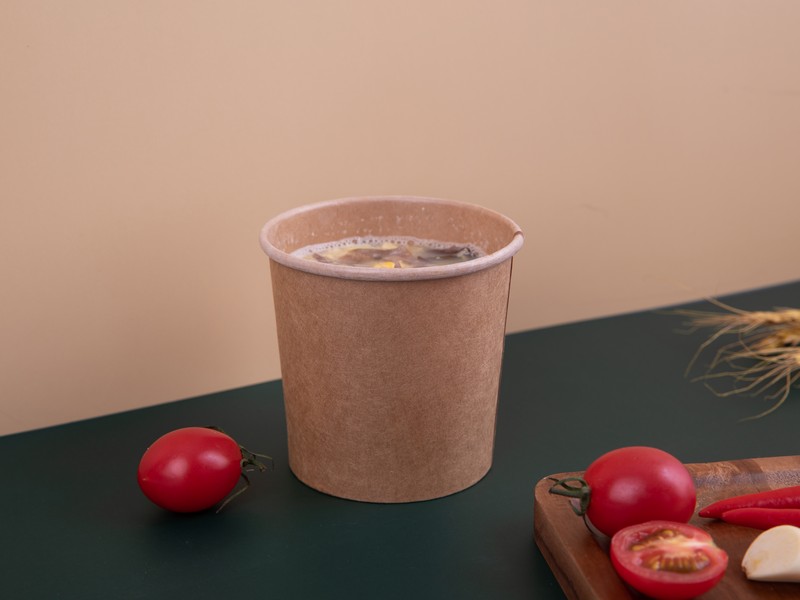
Did you notice that your microwave is putting some cracks in your plates? Well, you're not alone. It's quite a common problem with most people that frequently use microwaves. Microwaves heat the food by making the water molecules in the food vibrate, which produces the heat. If you use metal plates in the microwave, the intense vibration might produce crazy sparks (you've already seen it, right?)
Nowadays, dinnerware manufacturers label their packaging as "Microwave Safe" to let their customers know its characteristics. Of course, microwaves are your only partners to heat leftovers when the night-hunger hits you, but things become a little safer when microwaving paper plates.
Can You Microwave Paper Bowls? We Answer Your Heated Questions
Remember that not all paper bowls are "microwave-safe" paper bowls. It all depends on the type of paper. If you're using a non-microwavable paper bowl in a microwave, you're deliberately setting things on fire. It can combust whatever you're heating. If you don't see any fire, don't think you're safe to eat your meal. The small pieces from the bowl might get mixed with the food, making your food not-safe-to-eat.
You may be tempted to microwave your food in a paper bowl to avoid the trouble of doing dishes or for any other reason. Instead, be sure you use the appropriate disposable bowl in the microwave.
There are a few things to keep in mind to ensure that the paper bowl is microwavable or not.
Look at the bottom of the paper bowl first. It is usually stated on the bottom of your paper bowl whether it is microwave-safe or not.
This isn't always the case, though. For example, if the bottom of the bowl does not mention whether it is microwave-safe, you can also look for other indicators (like the packaging of your dinnerware).
Look for colors on the paper bowls; if they have designs or patterns, the ink from the bowls may absorb into your meal when heated. You should not ingest this ink because it is detrimental to your health.
Also, see whether your paper bowl has a plastic coating or covering. In the microwave, this plastic coating will melt and damage your food. Some paper bowls contain a plastic covering to help them hold fatty foods. They are not meant to be microwaved!
Try to go with the one that doesn't come with a plastic coating. You can use simple paper bowls without paint, plastic, or coating.
Check for Labels Indicating Your Disposable Paper Bowls Are Microwave Safe
The bottom of many microwave-safe containers states that they can be microwaved. You usually look for a label stamped into the container that gives you the green light on glassware, ceramic kitchenware, and plastic bowls.
Microwave-safe products have a microwave symbol stamped on them. This emblem can be found on a variety of recyclable storage containers. Due to heat shock, you can microwave the fancy disposable plates without fear of shattering or being flammable.
Microwave safety instructions can be found on the tags of other plastic containers, packages, or boxes.
The symbol is made up of squiggly lines. The squiggly lines on this symbol can take a wide range of shapes, such as a microwave or a bowl that has been exposed to radiation rays, yet the squiggly lines remain constant.
The squiggly lines clearly show that the bowl can be reheated easily. Plastics like those found in margarine buckets and salad jars, for example, are made to keep food cold rather than heat.
Apart from the label, search for the "microwave safe" logo. The microwave emblem with wavy lines signifies that the equipment is safe to use in the microwave. The symbol can be seen on the container's bottom.
Tips for Testing Bowls for Microwave Safety
Since not all microwave-safe bowls are labeled as such, it is a good thing to know simple tests that you can do to see if you can put a paper bowl in the microwave or not.
1. Test The Dish!
First, fill a cup midway with water and set it aside. Next, you can put a dish in the microwave with a cup of water to see whether it is paper bowls microwave safe. Finally, find a microwave-safe glass or cup and fill it three-quarters of the way with water.
It is critical to use a cup that you know is microwave safe; otherwise, the testing may not work.
Find a cup with the microwave-safe stamp on the bottom to be sure.
2. With a glass of water, microwave the dish.
Microwave both the cup of water and the dish in concern simultaneously. Microwave the two things together for one minute on high power.
Place the cup of water and the dish side-by-side. If your microwave isn't roomy enough, you can also place the cup on the dish.
Look for a button on your microwave that says Power, Menu, or Settings to boost the power to high.
3. Do a touch test.
After one minute in the microwave, remove the cup with oven gloves or a potholder. Then, to check how warm the dish is, place your hand on it:
If the dish is hot and the water is cold, the bowl should not be microwaved. But, on the other hand, if the bowl is hot, it means it absorbs heat; that's not what one would expect.
If the dish is chilly and the water is warm, the bowl can be microwaved safely.
If you have the cup of water in or on the bowl, the bowl may feel warm in the center.
Yes, You Can Put a Paper Bowl in the Microwave
In general, using paper or any paper product in the microwave is perfectly safe. Of course, newspapers are an exception since they will spill ink, and brown paper bags will likely catch fire. But the paper microwave-safe bowls should be constructed entirely of paper.
Our eco-friendly bowls are constructed of sturdy fiber called palm leaf and are 100 percent compostable and fully biodegradable. They are an excellent eco-friendly substitute for single-use dinnerware. In addition, their rustic natural design makes them stand out at any party table. Our products are the ideal combination of structure, function, and sustainability, and they enhance the appearance of your food.
Some Bonus Safety Tips:
Brown paper bags should not be heated in the microwave because they can catch fire.
If you are unsure, stick to microwaving paper bowls and avoid using the microwave for non-food paper products.
Specific heating instructions can be found in the microwave's manual.


